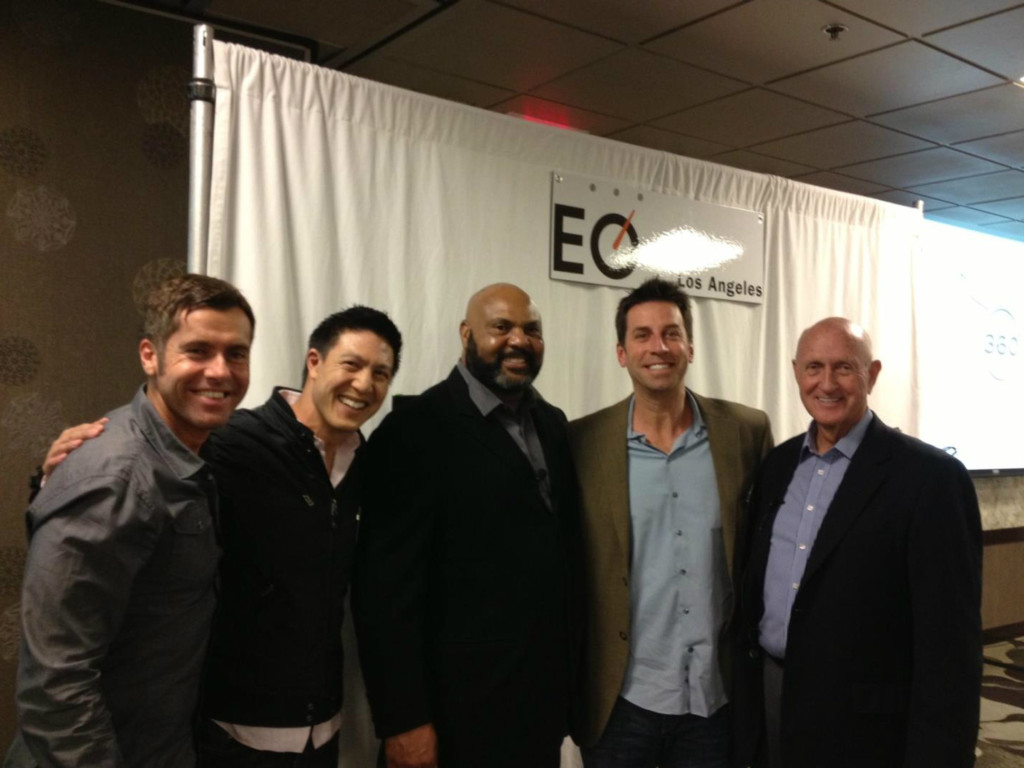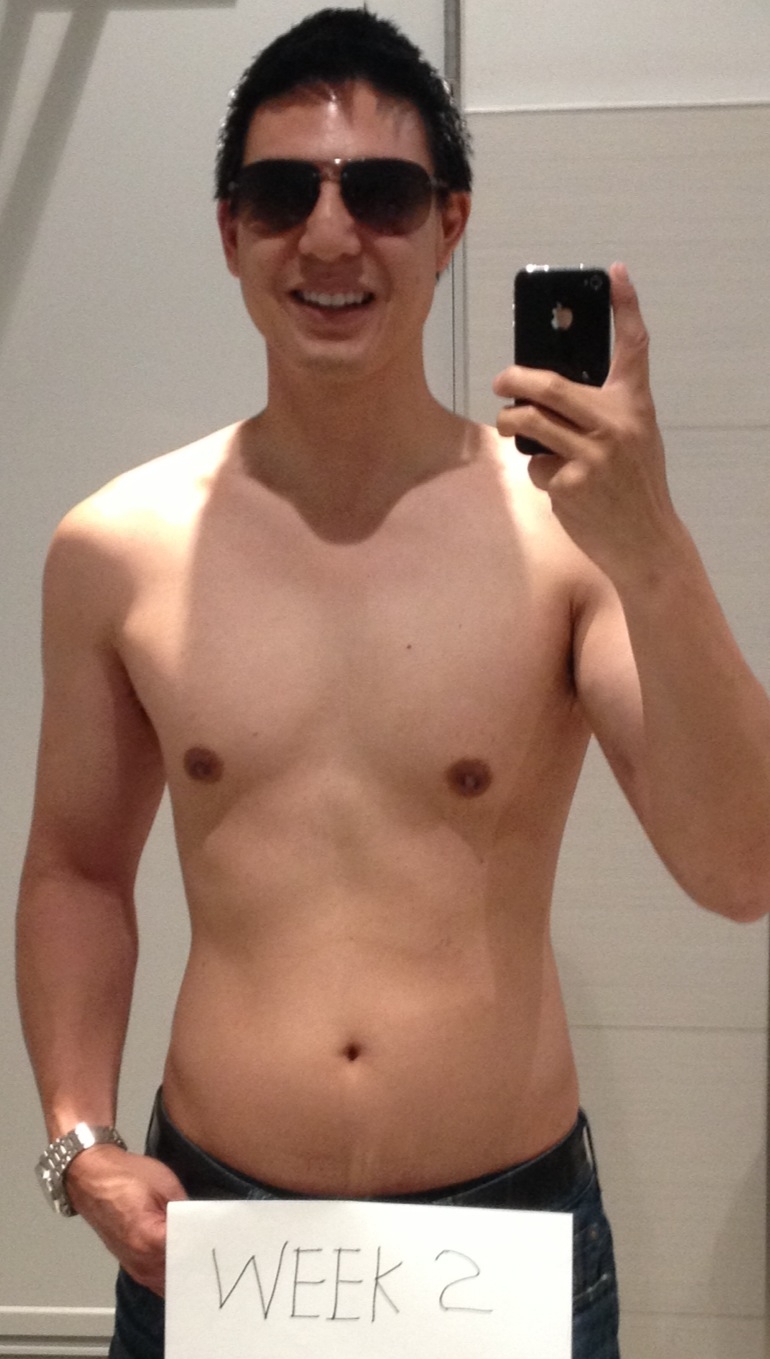How to Peak Perform Like a Pro Athlete

EO LA members and Ricky Huntley and Warren Rustand
This week I want to share some insights from an Entrepreneurs Organization (EO) presentation by Warren Rustand and Ricky Huntley, both former professional athletes. Now, Mr. Rustand is far from being just a former NBA player, he has served on over 40 public and private company boards of directors and worked for President Gerald Ford, and currently runs a billion dollar healthcare company. Mr. Huntley, a long time friend of Mr. Rustand’s is former NFL linebacker who has played in Super Bowls and has coached football coach for over 20 years. Both men had some great words on how we can achieve peak performance in our professional lives, just as professional athletes do on the field.
I will start by saying that whatever I write herein definitely does not do justice to Mr. Rustand’s and Mr. Huntley’s full presentation. I do want to highlight some of what I came away with at least. “Peak Performance,” of course is a conceptual notion of being the best that we can be.
Five lessons for achieving Peak Performance like Professional Athletes:
1. Feeling vs. Doing: Simply put, we accomplish our goals through actions; “the doing.” Mentally deciding to achieve your goals is admirable, and perhaps is even the start to achieving your goals, but actually taking action is what counts. Feelings are similar. How many times have we told ourselves we would work-out, but we don’t “feel like it.” Or we seek to achieve a goal, but feel discouraged or our body lacks energy? When we give into our feelings rather than take physical action, we don’t advance our progress and we come up short of our goals. The world changes by “doing.”
2. Empty Our Backpacks: Mr. Rustand gave the analogy that in life we carry a backpack and during our lives we carry the issues we hang onto in our lives like rocks in our backpack. These stones can be the emotional scars of childhood experiences, past relationship hurts, other people’s expectations of us, etc. The point being, how can one expect to reach the peak when you are burdened with such a heavy backpack. The emptying of our mental and emotional backpacks often starts with forgiveness. Mr. Rustand shared a personal anecdote about forgiving a friend who had stolen money from him, as a way to move past the painful episode and to not carry the hurt and betrayal. We can all forgive and forgive and forgive, to ourselves, to others, and our past.
3. Interval Training: Performing in the workplace is no different than performing on the sports field. We need to train and exercise to grow our potential. The way in which we train, however, has a direct effect on the outcome. Linear training was the old way of training; go all out, keep expending energy for the length of the workout. Interval training, however, brings in the concept of oscillation or varying between expenditure of energy and rest. Interval training in a gym might consist of bursts of exertion followed by rest and recuperation and then more bursts. In our work life, we must learn to balance our daily expenditure of work energy with breaks every 90 and 120 minutes and proper nutritional snacks for body energy and more focus.
4.Visualization: Mr. Rustand shared the story of Olympic gold medal 10 meter diver Laura Wilkinson. In 2000, Laura Wilkinson broke her ankle and was in a cast for 6 months before the Olympics. Not being able to practice for 6 months before competition at the highest level would certainly be a disaster for most people. However, Ms. Wilkinson visualized her dive and form just with her eyes closed. Being able to visualize repeatedly her every move and state helped her achieve her goal and stay in peak form despite not being able to touch the water. The notion that if we can see it—in our minds–we can achieve it was described by a psychology test by Dr. Blaslotto at the University of Chicago. In this test, the class was split into three groups; one group practiced free throws every day for an hour, one group only visualized themselves making free throws (from the stance, dribbling, shooting, and follow-through), and another group did nothing. At the end one month, the group that only visualized making free throws—who did not even touch a basketball—improved as much as the group that practiced every day!
5.Performance Pyramid: In order to achieve Peak Performance, we must master each layer of our personal pyramid consisting of our mind, body, emotions, and spirit. Manage your inner journey through meditation, defining your purpose, and finding sources of inspiration. Emotionally, find calm, confidence, and challenges, while letting go of anger, frustration, and resentment.
Writer’s Bio – Deron Quon: Entrepreneur in the market research, call center, food, and digital space. Editor-in-chief of Thoughtware.com







